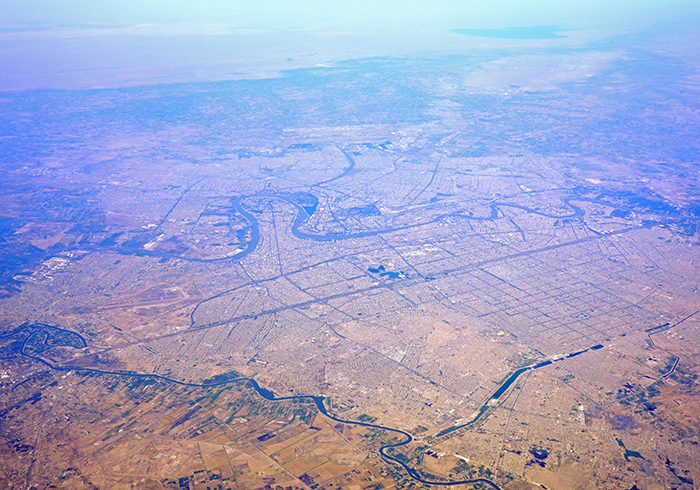Restrictions on global trade affected US$2.7tn worth of goods throughout 2025, more than triple the amount impacted last year, a report from Allianz Trade has found.
Trade-restrictive measures, such as tariffs and sanctions, now have an influence on almost 20% of global imports, up from 12.5% at the end of 2024, according to the Old trade routes for new trade wars? report.
Protectionism is continuing to shape trade routes, it said, as “geopolitically aligned economies” increasingly trade with one another and opt to ‘friendshore’ rather than trade with countries that have different geoeconomic priorities.
These shifts include the US’ move away from Chinese imports, the EU’s break with Russia and China’s focus on trade with countries in Asia, Latin America and Africa.
The report also pointed to a slowdown in global trade growth in the coming years due to US imports being rerouted, shipments being frontloaded to avoid higher US tariffs and other trade diversification.
While worldwide trade will grow by 2% in 2025, this figure is expected to slow to 0.6% and 1.8% in 2026 and 2027, respectively, the report forecast.
Overall, 50% to 60% of global trade “remains anchored in a few critical arteries”, but these are becoming more fragile due to political risk and the changing climate, Allianz Trade also noted.
According to the trade credit insurer’s ‘chokepoint scoreboard’ for global supply chains, which assesses structural capacity and disruption risk, the Suez and Panama canals are more exposed due to higher congestion and limited alternative routes.
Asia and Europe’s trade hubs are also “increasingly at risk of political or climate shocks”, it added. Europe’s Rhine corridor carries almost 300mn tonnes of industrial goods per year, but climate change is “making stretches shallower and risking periodic unnavigability”.
Parts of the Rhine have also previously been closed to shipping due to heavy rain, as the climate crisis alters the global water cycle, resulting in stronger, more frequent droughts and periods of extreme rainfall.
Last year, drought and low water levels in the Panama Canal also disrupted trade, with authorities forced to limit the number of ships able to pass through the route and shipping costs rising as a result.
Container freight rates remain at risk of rocketing if supply disruptions materialise, Allianz Trade noted, finding that a supply gap of 20% would lead to a doubling of rates year on year.
Its 2025 list of next generation trade hubs – countries emerging as future trade linchpins – saw the UAE ranked as number one, Vietnam as number two and Malaysia as number three. The latter was down from second place last year due to the impact of high US tariffs on the country’s exports.
Vietnam rose from third to second place as its manufacturing and export capacity continues to expand, thanks to lower labour costs and more free trade agreements.
Saudi Arabia jumped 11 places to number four, due to lower tariffs and an increase in non-oil exports.
The report also flagged a trade infrastructure gap that could grow to more than US$10tn by 2035.
Financing trends show funded projects are either “stable, low-yield assets in incumbent routes” or “high-risk, high-return projects in scaling or conditional corridors”.
Green finance also remains key, the report added, noting nearly 90% of new infrastructure funds launched since 2024 “carry a climate or ESG mandate, signalling a structural shift toward green and blended finance”.








